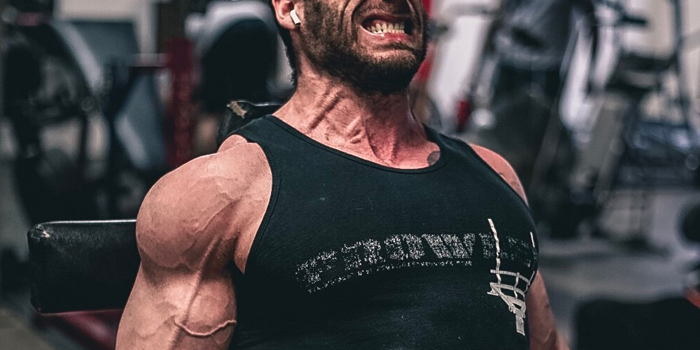
I think accessory work is one of the most abused part of powerlifting programming. Whether you’re a coach or an athlete, a lot of the time it’s really tempting to program the big lifts very carefully, and then throw in some half-assed laundry list of other stuff — everything from leg extensions to pinky-up dumbbell curls, and much of it without any rhyme or reason.
Now, if you’re a beginner, or you’re coaching one, that’s probably okay, because any type of lifting is going to get them stronger. But past that beginner stage, laundry lists just don’t cut it, and if you’re including them in your program, you’re fucking up.
Why Laundry Lists Suck
Once you get past beginner status, you’re probably strong enough to really yourself up a little bit on accessory work if you’re not careful. As a beginner, you’re not that strong: you could crank out twenty sets, but if you’re only using twenty pounds, no matter what the movement is, you’re probably not going to eat into your recovery too much. But if you’re using two hundred pounds, it’s another story.
Jim Wendler explained this over a decade ago, and I still see guys on social media — even on Elitefts — making the same damned mistake. Read this, and see if it describes you or your programming:
Even though there is less emphasis on the accessory exercises, be sure that you are picking quality exercises and ones that have a purpose. Choosing the wrong exercises for your training goals and doing an exercise “just to do something” is a great way to overtrain. Often people ignore the volume on these exercises and forget that they can lead to overtraining if not careful. You should be able to justify everything you do in the weight room.
If so, you need to fix that, now. Here’s three easy ways to do that:
- Cut back. Simply decreasing the volume of your accessory work will save a ton of recovery resources. When I say cut back, I’m not talking about dropping a set or two. I’m talking about limiting yourself to 3-4 sets of accessory work per workout, not per movement. That super-low volume forces you to follow Wendler’s advice and justify everything you include in your program. Hell, at the very least, it’s a good practice in mental discipline.
- Up the reps. This is my go-to strategy for managing the impact of accessory work. Remember when I mentioned above how no matter how much volume you push, if you’re only using 20 pounds, it’s not going to hurt you? Well, you can use that to your advantage. Performing sets of 20, 30, even 50 or 100 reps forces you to use a very light weight, but ensures you’re still working hard (so the accessory stuff isn’t boring) and are working your target muscles sufficiently without destroying your body.
- Use RPEs (low ones). While I’m not always a huge fan of using the Rate of Perceived Exertion scale at the beginner or intermediate levels, I think it can be really helpful on accessories. Setting a very low target RPE (think 6 or 7) will encourage you to train your accessories with the appropriate amount of effort, and, even if you end up overshooting a little, you’ll start to learn more about how to apply RPEs effectively in other areas of your training.
Wrapping Up
This one is simple: if you use laundry lists anywhere in your programming, stop that. You need to plan your movements, your loading parameters, and everything else about your training carefully, or your progress will suffer for it. Save the mindless bullshit for when you’re watching The Proposal, and do it right when it counts.








